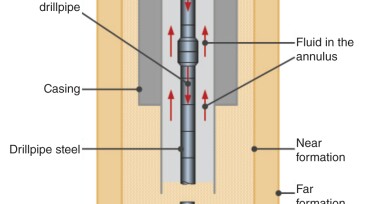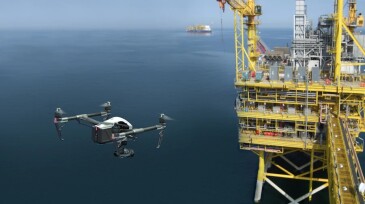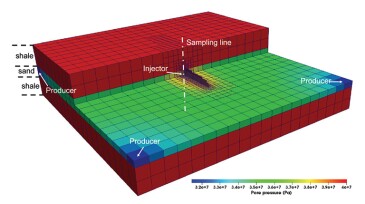DSDE: In Theory
-
The authors develop a collocated finite-volume method to study induced seismicity as a result of pore-pressure fluctuations.
-
The author writes that careful calibration of a common, simple rock physics model can provide valuable insights into reservoir and seal elastic properties.
-
The authors describe a platform that integrates advanced data analytics and hydraulic modeling in real time for managed-pressure-drilling applications.
-
The authors present a review of the capabilities of fog computing and its potential in the petroleum industry.
-
Artificial intelligence and machine learning are gaining acceptance quickly in the oil and gas industry. This article presents key industry applications for these technologies as well as the critical role private cellular networks play in leveraging them successfully.
-
The authors present an artificial-intelligence and machine-learning technology to obtain a high-level, comprehensive view of all equipment in a facility to detect and map corrosion.
-
This paper introduces methods to fully couple reservoir simulation with wellbore flow models in fractured injection wells.
-
This paper provides an alternative solution to identifying, classifying, and vertically distributing fractures and a lateral distribution method for reservoir modeling.
-
This paper describes a method to determine rig state from camera footage using machine-learning-based vision-analytics approaches.
-
This study explores pitfalls experienced when using capacitance/resistance modeling as a plug-and-play technique for waterflood optimization and discusses workarounds and mitigations to improve its reliability.
Trending Now on DSDE
Get JPT articles in your LinkedIn feed and stay current with oil and gas news and technology.














